When it comes to Hello! Project singles, no one has arranged more than Suzuki Daichi Hideyuki. Morning Musume’s “Do it! Now” and “Resonant Blue,” Matsuura Aya’s “The Bigaku” and “Kiseki no Kaoru Dance“… Countless of signature songs have been arranged by him. But what to him constitutes a perfect arrangement?
— What sort of music did you personally like early in your life?
Suzuki: I lived right through that biggest band boom — I loved bands like BOØWY and Blue Hearts and I played in a rock band myself. But I also found myself quite liking idol music along the lines of Tokyo Performance Doll and such. Nakayama Miho, too… I loved all the kayou kyoku type stuff. I played guitar in the band I was in, but I originally started out with programming back in junior high, thanks to the influence of TM NETWORK.
— I can’t imagine there having been too many junior high schoolers playing around with music programming in the late 80’s. (laughs)
Suzuki: Probably not, no. (laughs) I loved computers and I was into computer programming, too, so it was easy to get into music and the hardware side of things through that. So then I went out and bought myself a sequencer. With programming you had to input written music which would then output into actual sound… that’s how I got started. It was only later that I picked up the guitar and started playing in bands.
— That sounds very unusual. When did you first start making original compositions?
Suzuki: In high school. Aside from my rock band, I was also doing this pop band with some programming involved — we’d play live with me on guitar while also handling the programming, which isn’t that different from what I do to this day. (laughs) Also, we played a show in Osaka together with a band whose lineup included one of Tsunku♂’s juniors. Later when they came to Tokyo, we played with them there, too, and Tsunku♂ came to see us play that night. We later went out to have dinner together and stuff.
— So you’ve known Tsunku♂ for quite some time.
Suzuki: Right. I would help him move and stuff back then. (laughs) But then there was a period of time when we didn’t keep in touch. So then later when I quit my band and started working in music — this was when I was about 24 — Tsunku♂ just happened to be recording in a studio next to where I was working, and it was like “long time no see!” “what the heck are you doing here?!” So we reconnected. This was in around 2000.
— You met again by pure coincidence.
Suzuki: Yes. Up-Front was looking for arrangers at the time and my office had actually sent them my info. I knew some other folks who worked with Tsunku♂ and they were going all “hey, if it isn’t Daichi-kun!” (laughs) And that’s how they came to invite me to work with Hello! Project.
— You’re one of the arrangers who has arranged a bit of everything for everyone in Hello! Project. What was actually the first song you arranged?
Suzuki: Goto Maki’s first single, “Ai no Bakayarou.” Well, I’d actually arranged “LIKE A GAME,” the B-side of her second single “Afurechau… BE IN LOVE” previously to that, but they ended up being released out of order. This was in 2001, I believe. At first I didn’t even know whose songs I was arranging — Goto Maki’s solo debut had yet to be announced at the time. The only thing they did tell me is, “when this gets released, it’s probably going to sell a whole lot.” (laughs)
— It’s amazing how it seems to be the case almost without exception that the arranger never knows who it is they’re arranging the song for. Back then, how did you communicate with Tsunku♂ as to what to do with the arrangement?
Suzuki: In the beginning, we’d have meetings where we’d discuss how to approach the arrangement down to the very last detail — though I’d still get lots of notes on things he wanted me to change after I’d made my initial arrangement. Often times, Tsunku♂ would actually ask me for my input: “what do you want to have me listen to?” Speaking of “Ai no Bakayarou” specifically, that song has a very Middle Eastern kind of sound, but in the beginning it actually had a very rock-influenced arrangement. So when Tsunku♂ asked me that question, I took it to mean that I had to think about the impact the song should have — that I needed to make the song’s direction clearer. So I took the slight Middle Eastern influences I had in there and made them the main thing about the arrangement. It ended up being this mix of digital rock and exotic music.
— That was a rather interesting arrangement.
Suzuki: I was really into digital rock at the time. “LIKE A GAME” especially was just full-on digital rock. Tsunku♂ probably just wanted to entertain my fascination with the genre. Hello! Project taught me the importance of thinking about how I want to present a song, what I need to emphasize, and just to play around with the arrangement. I’ve gotten the opportunity to arrange a lot of singles especially, and with those songs it’s important to have something special in there that’s easy to understand but also has impact.
— In other words, you’re saying it’s important to highlight what makes the song work. What was the first Morning Musume song you worked on?
Suzuki: “Do it! Now.” I was told they wanted to do an R&B song, but until that point, DANCE☆MAN had been doing his live band, disco funk thing with them, and besides, I had this image of Morning Musume being like this carnival type thing — you know, the members always going all “yay yaaay!” and stuff. This was my first time working with Morning Musume and suddenly they wanted me to try this cool R&B thing with them, so I felt pretty lost at first. It took me a considerable amount of time to come up with the arrangement. I wanted their feedback every step of the way — just how R&B could I make it, did they want me to emphasize the kayou kyoku-ness, how did they want the bass tone to sound, etc.
— “Do it! Now” was released in 2002 after “Sou da! We’re ALIVE,” and it felt like they went in a completely different direction starting with this song.
Suzuki: Yes. I think the reason Tsunku♂ asked me to do it is because he knew me. He knew I wouldn’t make it too R&B, and that I’d be able to retain the kayou kyoku elements. It ended up becoming this slightly rock, aggressive R&B song. I think it still sounds pretty fun even today. Still, it was a lot of pressure. This was when they were on the top of their popularity, and I was nervous about what everyone was going to think about it when the group was changing their sound so radically.
— Could you tell us some stories of other Morning Musume songs you’ve worked on?
Suzuki: The next single, “Koko ni Iruzee!,” was a fun one. It was a ska rock song with live strings and wind instruments that became more and more gorgeous as it went on. The recording sessions were pretty extravagant. Everyone starts singing in chorus in the end, and that melody was actually only added later. The song was going to be a bit more compact in the beginning, but as the recordings went on and we got the strings in there and stuff, Tsunku♂ went “this needs a bit of chorus singing on it, doesn’t it?” Also, “Go Girl ~Koi no Victory~” was a rather painless song to do because of the simple approach we took. “Joshi Kashimashi Monogatari” was used to introduce all the members so it ended up getting quite long. “Chokkan 2~Nogashita Sakana wa Ookii zo!~” was a pretty bouncy song… but honestly, during this period I was so busy, I was pretty much a mess. (laughs)
— (laughs) My image of you is that you’re someone who is capable of doing it all: both the more orthodox songs as well as the songs that are more “out there.” You do lots of different types of arrangements.
Suzuki: I’ve worked on the majority of all Hello! Project groups, so I’d be creating different sounds every time, depending on the song. When we were still doing three shuffle songs at once, I remember it being especially tough working on SALT5’s “GET UP! Rapper” and 7AIR’s “Kowarenai Ai ga Hoshii no” at the same time. They were to be released together and they both needed to sound completely different from each other. Fujimoto Miki’s “Boogie Train ’03” was a fun one to do because it was so different from everything else I’d worked on up until that point. It was this big band, boogie woogie arrangement, but it also needed to sound retro and the instruments couldn’t sound “too live.” That’s how it turned out to be such a colorful song.
— What with you having worked on so many different arrangements, what are the most important points you try to keep in mind in your work?
Suzuki: The thing that’s been both the most difficult as well as the most fun thing about working with Tsunku♂ is how you can never make an arrangement too straightforward. You can’t give a cool song a cool arrangement. It needs something a little strange about it. I think that’s where the originality comes from. You can’t have it be just one color — it needs to be a combination of many. That’s led to me reworking several arrangements, or even starting all over again with some of them.
— Could you give us an example of a song you did that with?
Suzuki: To give you an extreme example: Matsuura Aya’s “The Bigaku” was originally supposed to be a super slow ballad. Then Tsunku♂ suddenly made the impossible request of “make it faster!” (laughs) “If we make it faster, I bet it’d sound like a Ricky Martin-esque, fun latin song!” (laughs) So I made it faster, Tsunku♂ fixed the melody a little, and it actually did end up becoming the fun song that it is.
— That’s funny. Does that kind of thing happen a lot?
Suzuki: Sometimes the direction of the song may change even after I’ve already finished my arrangement; other times the entire concept of the song can change. It’s all pretty experimental. But the thing during that era especially was that there was a release of one kind or another pretty much every week, so we didn’t have a lot of time to spend on each song. That was difficult. Sometimes they’d approach me with an offer to do an arrangement, and the song would be done in a week, mastering and all. That happened several times.
— It sounds like you were working at a crazy pace in those days. One song I wanted to just personally ask you about is Goto Maki’s “Scramble“…
Suzuki: I’ve always liked that 80’s disco sound with its characteristic, sparkly, colorful synths. Also, you remember Shibuya-kei music, right? I liked the stylishness of that stuff as well, and so I tried to put elements of both genres in that one.
— There’s definitely something stylish about it. What were some of your favorite Shibuya-kei artists at the time?
Suzuki: Flipper’s Guitar was of course a big one, but I especially loved bridge.
— Ooh!
Suzuki: So that song is like a mixture of things I personally like. I was pretty serious when making that one, sound-wise.
— On the other end of the spectrum — the more “out there” songs — Bakatono-sama to Minimoni’s “Ai~n! Dance no Uta” was pretty intense. (laughs) I don’t think there’s ever been another officially acknowledged song that features such a barrage of “ai~ns.” (laughs)
Suzuki: I knew from the start that Bakatono-sama was going to be on that song, but even so, listening to the song today it does sound pretty intense. (laughs) The song is just one long refrain, so I tried to keep the arrangement fast and comical, but also trying to leave just a little bit of coolness in there, too.
— So as to not let it be just a funny song.
Suzuki: Right. Well, even so, the first time I heard it I just went “what the heck is this?!” (laughs) You shouldn’t try to take songs like that too seriously. Especially not a song like that.
— Just let the song be what it is, you’re saying. Meanwhile, both Berryz Koubou and °C-ute were still just elementary schoolers when they debuted. Did you try to be conscious of their ages when arranging their songs?
Suzuki: Not really. When you’re working with Tsunku♂, the deal with the music is always to do it properly. There’s no cheapening it or making it easier for kids to sing just because it’s going to be sung by elementary schoolers.
— I see. Tsunku♂ is very particular about how he wants the songs to sound, too, isn’t he?
Suzuki: He is. He’s even particular about the monitor speakers we use when finishing up a song. Also, every song we’d finished in the studio, we’d also listen to on the stereo in the office — while something may have sounded good in studio, he wanted to check how it would sound on the sound system of the average listener. So Tsunku♂ would have us take what me and the director had mixed in the studio, take it to his office, we’d all listen to it together, and then we’d go back and repeat the process a couple of times. (laughs)
— Could you share some songs you’ve worked on that have especially left an impression on you throughout the years?
Suzuki: Matsuura Aya’s “Kiseki no Kaori Dance” — we tried to make that one sound like Tomoyasu Hotei. (laughs) We asked an engineer who’s worked with Tomoyasu to help us record it. Good times. I guess we were trying to get it really right with the sound on that one. Morning Musume’s “Iroppoi Jirettai” sounded very different, what with its passionate flamenco mood. Also, “Resonant Blue” — that was another one that was in many ways different from everything else we’d done previously.
— “Resonant Blue” is popular among the fans. The current younger members seem to really admire it as well, and even Tsunku♂ himself calls it one of his personal favorite Morning Musume songs.
Suzuki: It’s cool, isn’t it? Whenever I’d tried to work on something cool before, it had pretty much always led to failure. (laughs) “Just stop trying to make it cool” is what I’d be told. It was right around this time that I seemed to finally do something right even if I made the arrangement cool.
— What was the order for this song’s arrangement?
Suzuki: Tsunku♂ wanted a “rather aggressive” dance beat. For “Resonant Blue,” he had me listen to specific modern Western songs as reference — before that song it had usually always been oldie kayou kyoku or Western music. Yes, the chorus does still have some kayou kyoku elements, but musically speaking, it was a test to see how far we could carry a song on a single chord. Normally any song I work on would have a chord progression, but using only one chord instantly made it sound more like Western music. And the thing is, I’ve done work for lots of different artists and they’ll often ask me to “make it sound like Western music!,” but if the original song has a chord progression, it’s just not doable. Tsunku♂ already realized this from the beginning when he started writing the song, and that’s why I think the arrangement fits it so well.
— The basis for this song was disco house, right? Tsunku♂ has always written disco songs in all eras of Hello! Project, but with “Resonant Blue,” he really wanted to make a cool disco song. He tried to write a song that was cooler and more mature than anything he’d done previously.
Suzuki: I think so, yes. And I think it worked out great.
— Speaking of Platinum Era songs, “Mikan” is another one that seems to be well-liked by fans.
Suzuki: This is another rather straightforward a song. I think on the whole, the songs I do tend to be quite popular when they perform them live. I think that may be because I was doing lots of live-related work when I started my career, and also because I’ve always been playing in bands — I can physically tell what a song is going to sound like in concert. That’s why even if it is CD’s we’re making, I still think about how I’m going to make the song get listeners fired-up in concert, too.
— You think about how the song is going to sound live as you’re making the arrangement.
Suzuki: Right. That’s why my arrangements can have things that don’t necessarily serve the song musically. There can be an unexpected cool bit here, or maybe some guitar sounds over there, and those points can help the members match up with each other better in-concert, too. I think that sort of stuff is important if you know they’re going to be performing the song in question live. I also think about what sounds might go well with the song when you’re listening to it and also watching the video. I’ll think about how a certain bit in the song is only going to reach its full potential when you see the video, with the lights and all. I think it’s important to think about stuff like that when you’re working on idol songs. Tsunku♂, too, likes cool bits or sudden breaks in the songs — when they’re doing the choreography and they do some sudden action together, you also want the song to have something sudden at the same time. It’s part of the performance, after all. So rather than it being all about the music, I also think about how it’s going to look and sound when you see it performed by those people as they’re dancing to it on stage.
— So in other words, you even think about the music video and the staging aspects as you’re creating the sound.
Suzuki: Well, idols are also a visual form of entertainment, right? Yes, you can listen to just the music, but add the visuals and you have the whole package. I think when you think of it that way, both the members and the music stand out more. I’d say my thinking on this is one of the reasons I’ve arranged so many of their singles in particular. Apparently, with many of the other arrangers Tsunku♂ works with, when they hand him the arrangement he has to go back and ask them to add the breaks or the odd cool bits here or there. But I already have them there from the start, and he’s told me no one else does that more than me. (laughs) If anything, he sometimes asks me to remove some — “a little less coolness around here.” (laughs) I think if it’s an album song or so, it’s completely fine to just make it a tight, straightforward arrangement. But when it’s supposed to be a song that gets everyone excited — one of their representative songs — it just needs to be a little easy-to-understand; it needs to be flashy. Through working with Hello! Project, I’ve learned a lot more about the importance of sound production, too.
— That’s a compelling argument — I know you’re one of the people behind Hello! Project with the most arranged singles under their belt. Could I ask you then who you think is the most memorable group or singer in Hello! Project?
Suzuki: At the end of the day, Matsuura Aya really was a genius. She was already the perfect idol at 14 or 15 years old. She was a fantastic live performer as well. But Morning Musume, too, are special to me in many ways. Working on a Morning Musume song, I personally always felt a little extra “drive.”
— What do you think about Morning Musume’s current EDM style?
Suzuki: I continue to keep my eye on them even today. They’re constantly just killing it with their dancing — I think it’s on a level the other groups just can’t approach yet. In that sense, they strike me as very professional. Nowadays with so many groups out there it’s hard to make it if you don’t stand out, and I think it’s definitely something that sets them apart from the rest. Like, “as expected of Morning Musume.” The music is great, and I still think they’re a group of solid professionals entertainment-wise, too. They’re like all those 80’s idols I used to watch: the sound creators were professionals, the idols themselves were professionals, and the music was great, too.
— Like Matsuda Seiko?
Suzuki: Exactly like her. With idols, people often tend to think that the music comes second. But often times if you listen to it carefully, you realize that it’s actually some amazing people working on the songs. In that sense, it really feels to me like it’s all just the grand total of the music.
— “Idols are the grand total of the music.” I totally get that.
Suzuki: When I’m working on a song for Hello! Project, I’m always conscious that I’m creating something I won’t later feel embarrassed about. Hello! Project’s way of making music continues to be professional, and I feel that they continue to produce high quality material.
Interview & text: Tsuchiya Keisuke
English translation: Henkka
Suzuki Daichi Hideyuki on the web: website, Twitter

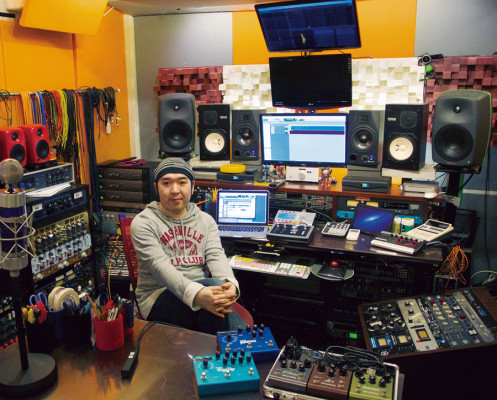
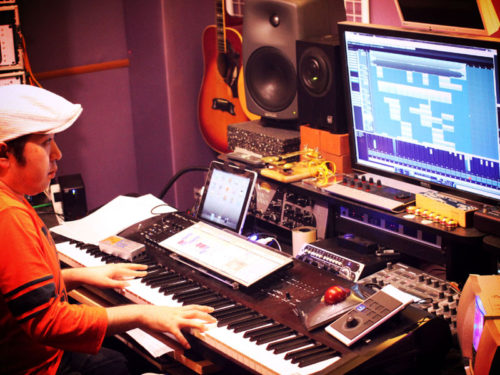
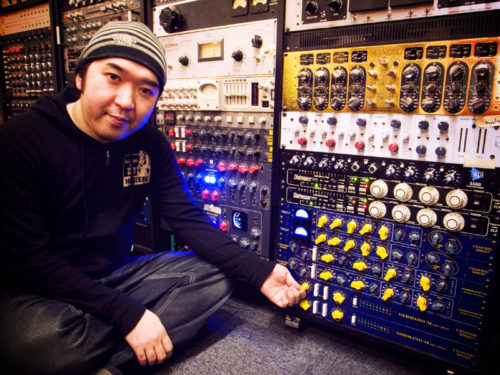
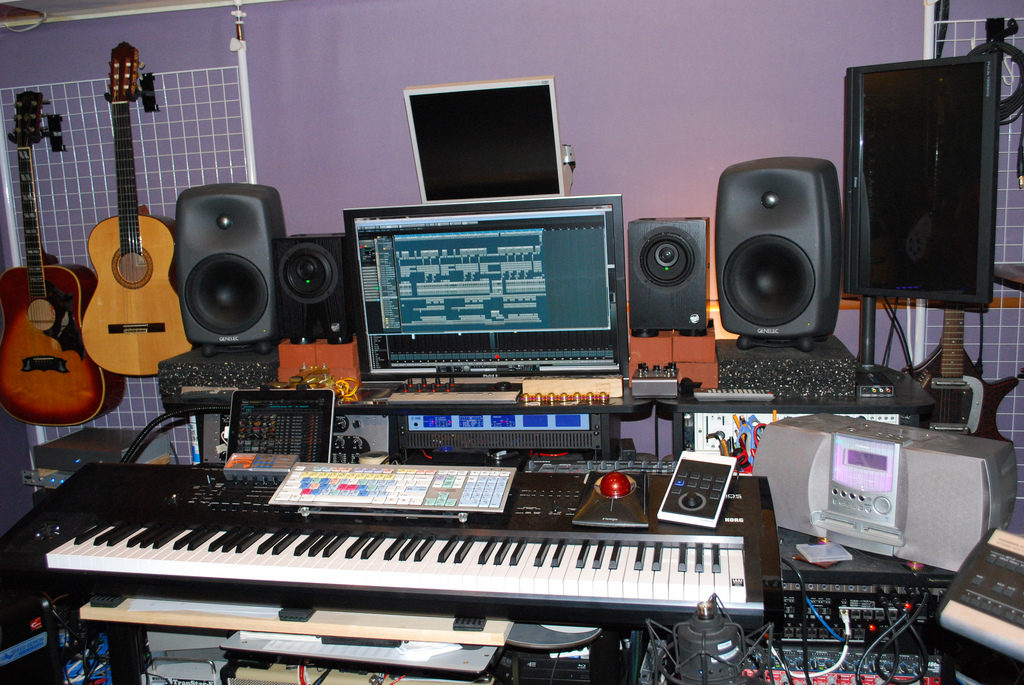
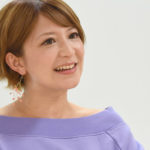
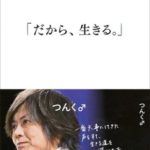

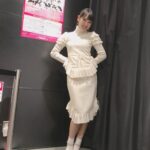




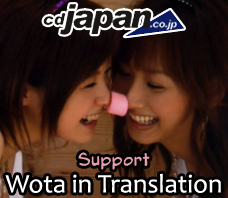
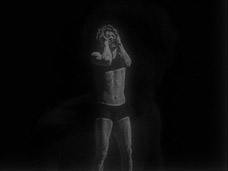
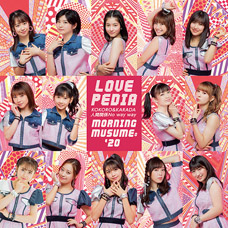
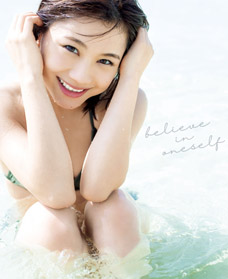
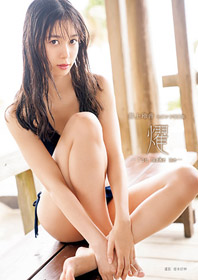
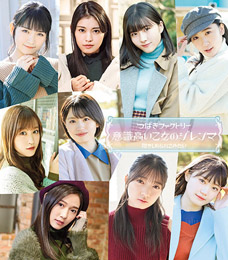
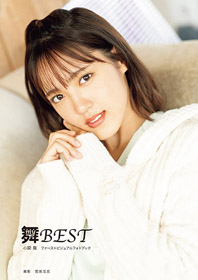
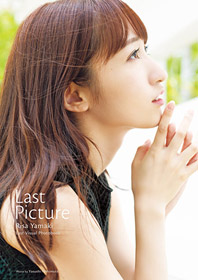
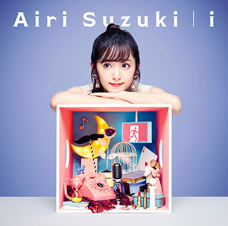
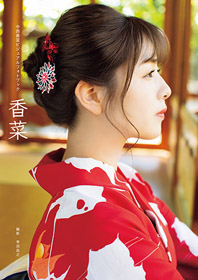
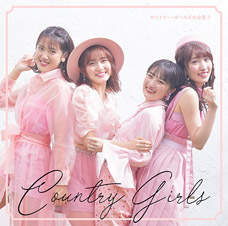
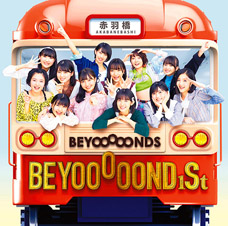
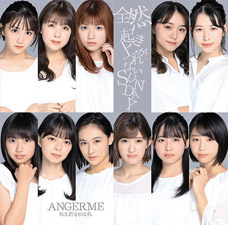
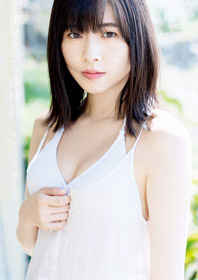
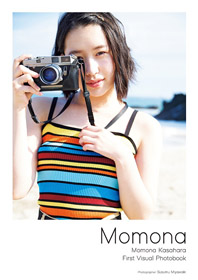
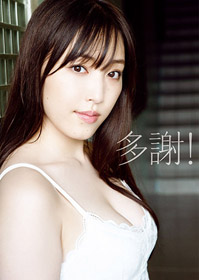
Dang, I love reading these, thanks. It makes me wanna get this book, except I can’t read Japanese OTL
I especially loved reading that last bit on this interview. Makes you feel proud
all arranger have matsuura aya as their favorite singer in HP… i guess that’s saying a lot of aya skill…